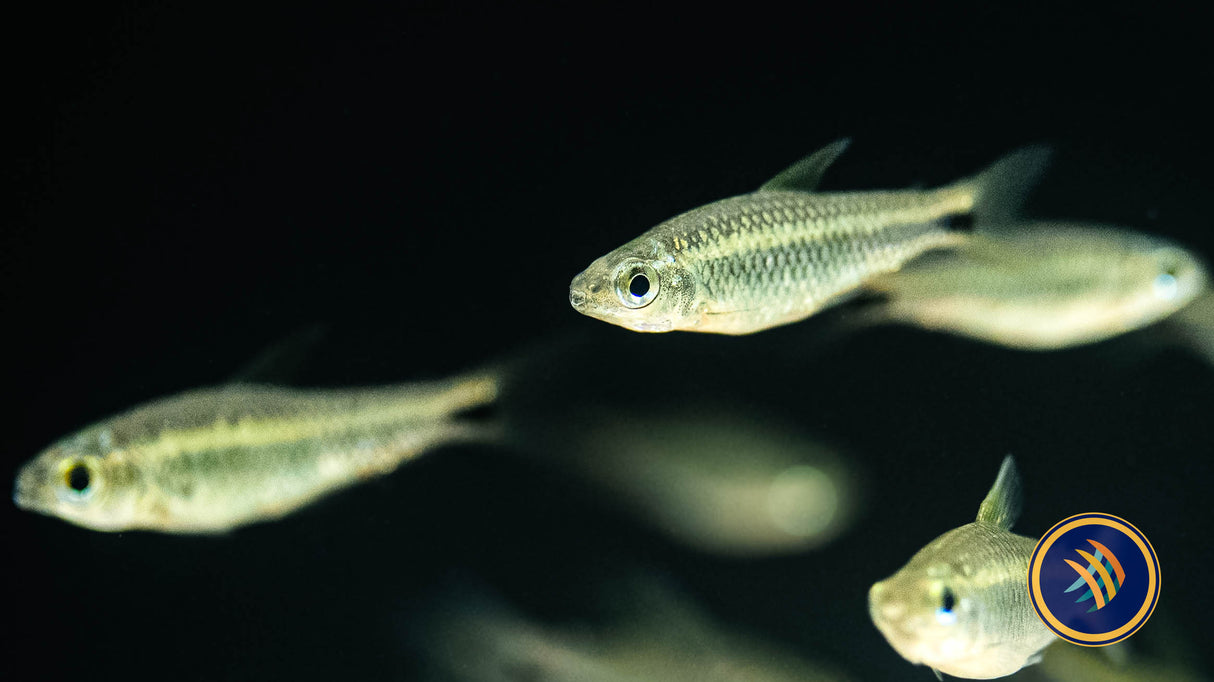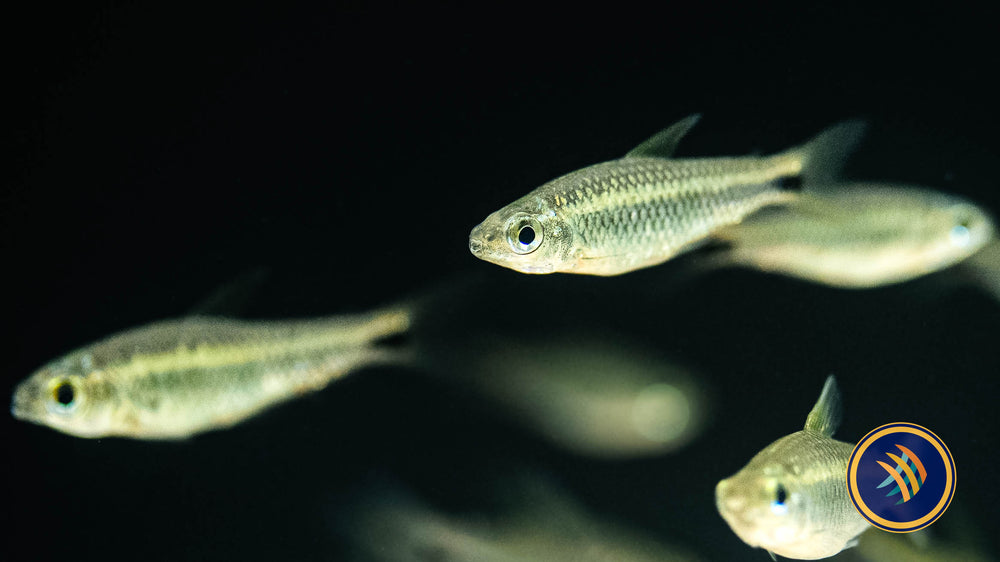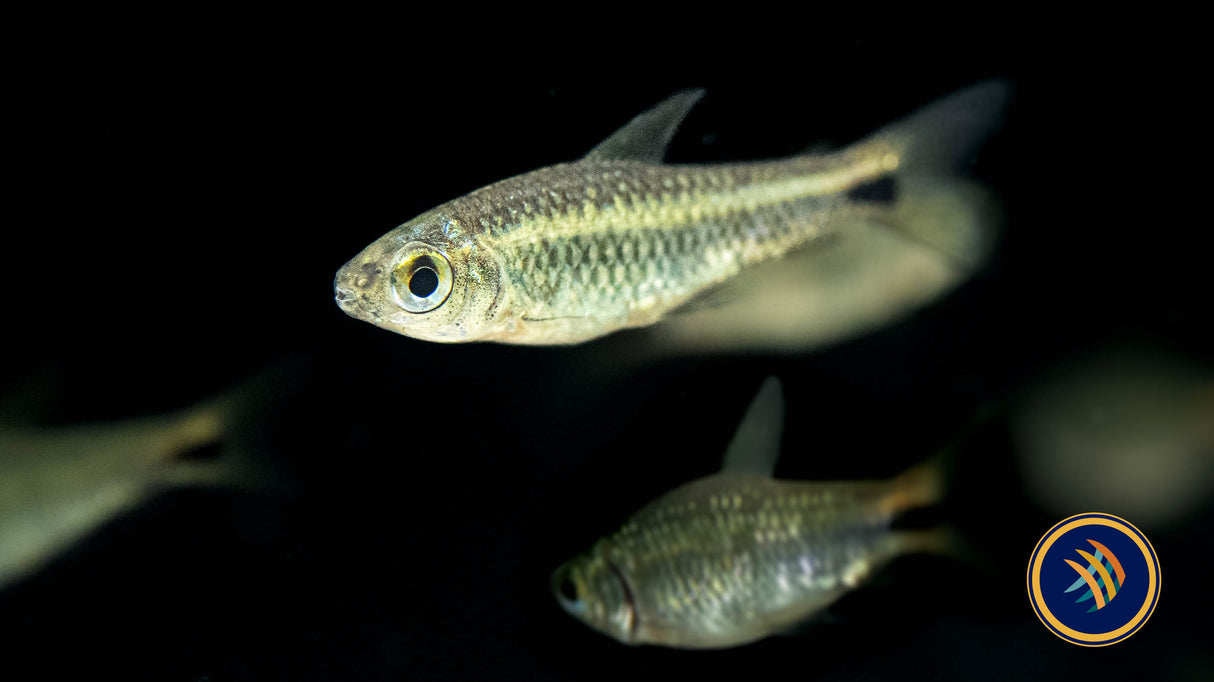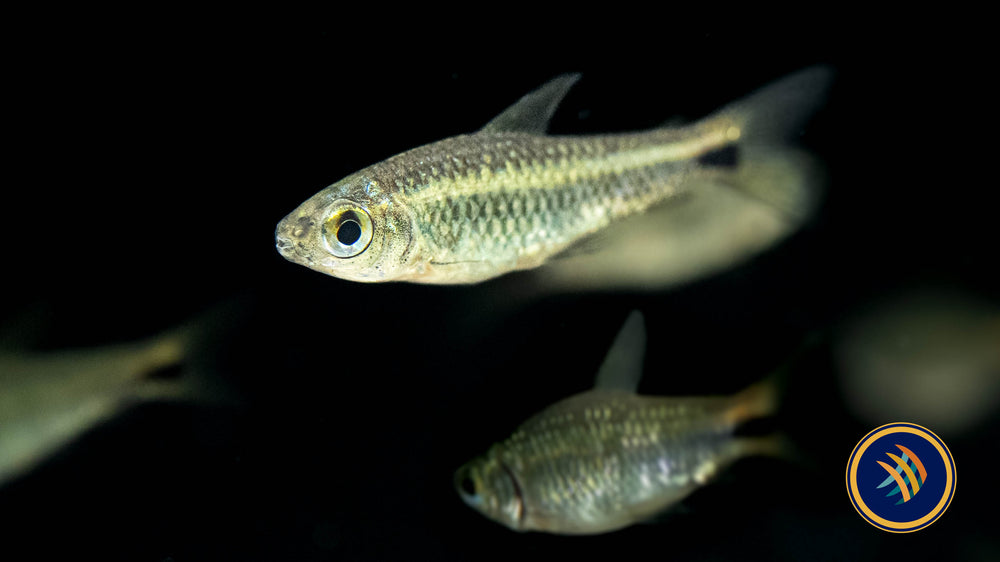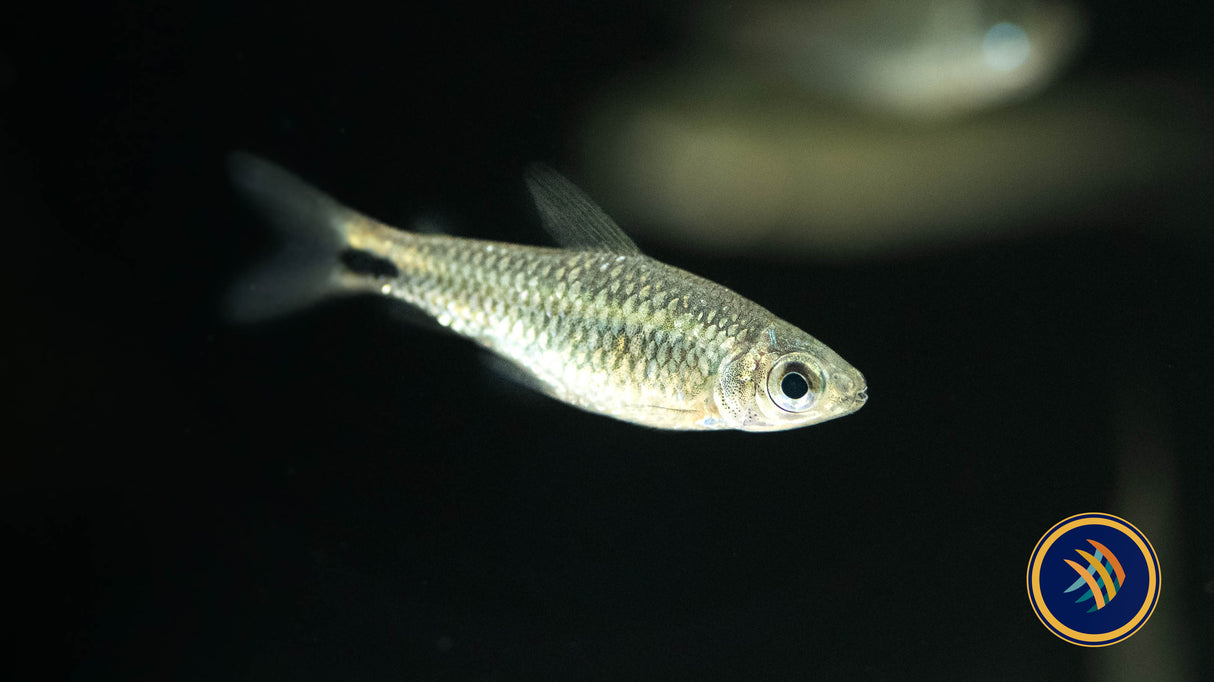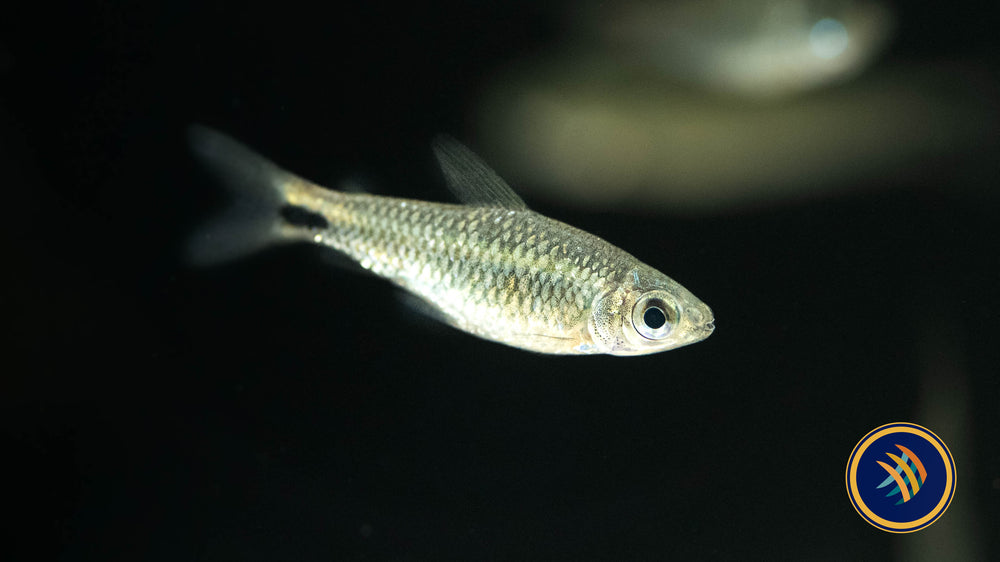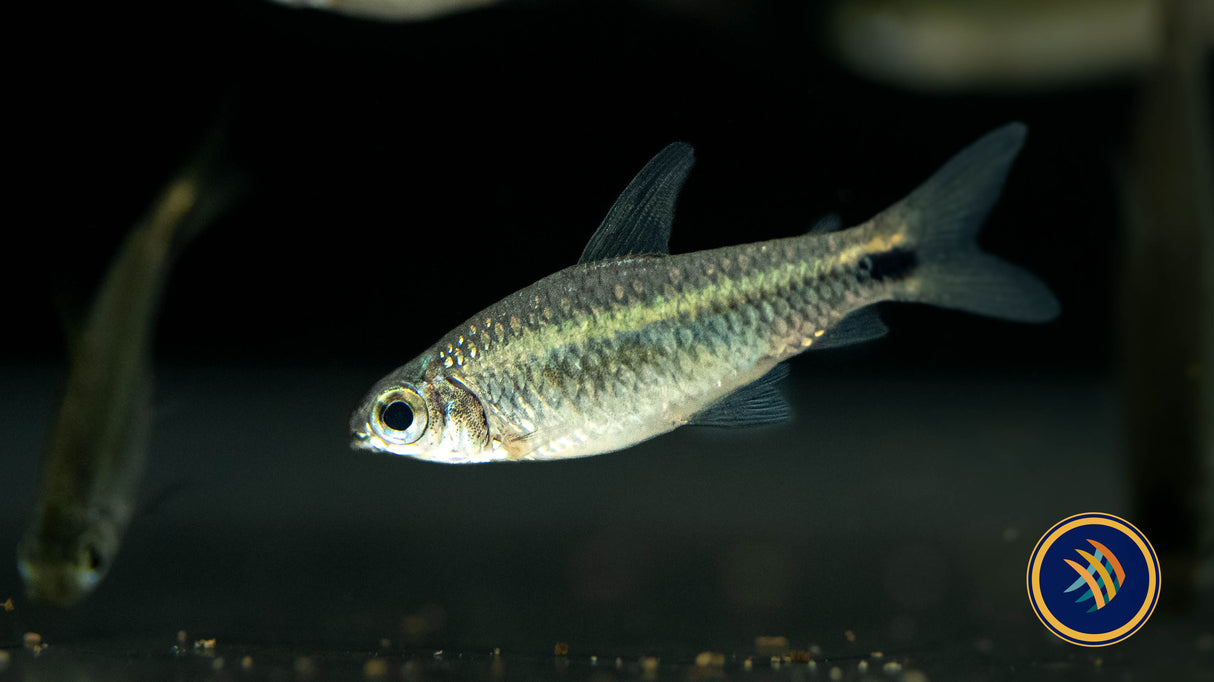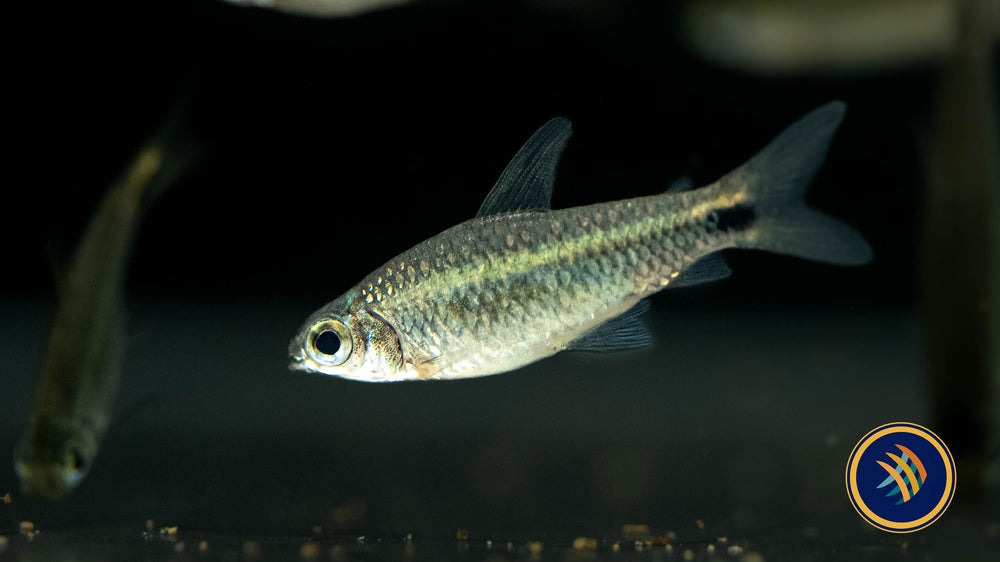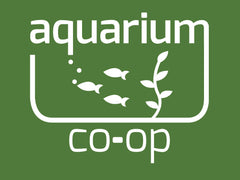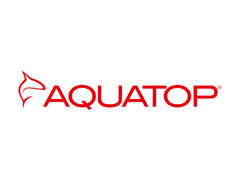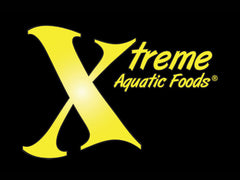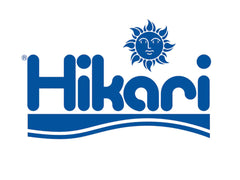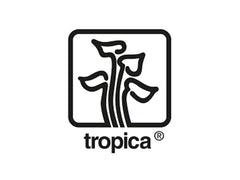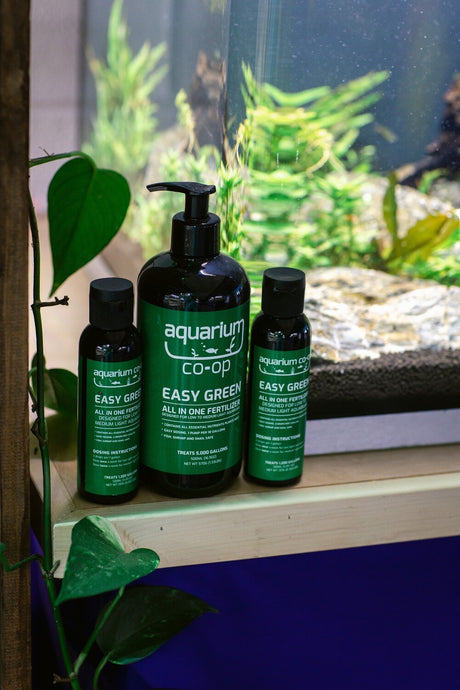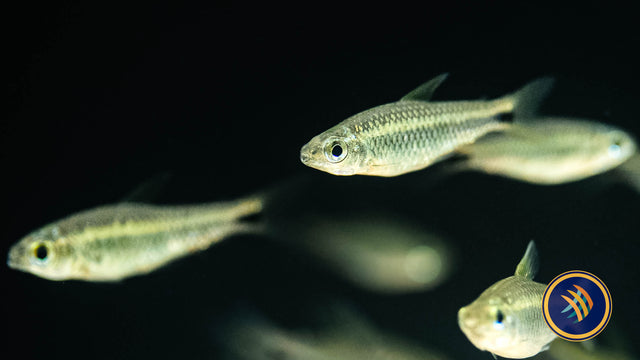Spottail Curimata (Curimatopsis evelynae)
Spottail Curimata (Curimatopsis evelynae) is backordered and will ship as soon as it is back in stock.
Delivery and Shipping
Delivery and Shipping
Product Refunds & Returns
- Returns can be processed within 14 days from purchase.
- To return products, they must be in original condition
- Shipping expenses are not refundable
- If your items have been damaged in shipping, please contact us within 24 hours of receipt with photos, and we will assist you.
Livestock Refunds, Returns, & Surrenders
- If you are unhappy with your livestock for any reason, you can bring it back within 72 hours for a full refund; we do not pick up returns
Spottail Curimata (Curimatopsis evelynae)
Description
Description
The Curimatopsis evelinae tetra, commonly known as the Spottail Curimata or Redline Curimatopsis Tetra, is a seldom-encountered species native to Brazil. Belonging to the Curimatidae family, these petite tetra-like fish are distinguished by their vibrant colors, with the evelinae being among the smaller and more colorful members of this family.
-
Temperature: Spottail Curimata, like many tropical fish, would likely thrive in a tank with a temperature range of 72-82°F (22-28°C). It's crucial to research or consult species-specific information for precise temperature requirements.
-
Minimum Tank Size: The minimum tank size for Spottail Curimata will depend on the size of the fish and their specific needs. A general recommendation is to provide a tank of at least 30 gallons for smaller fish, but larger tanks may be necessary for adult individuals or if kept in a group.
Feeding Habits: These fish are likely omnivores, and their diet may include a variety of foods such as high-quality flakes, pellets, live or frozen foods like bloodworms, brine shrimp, and small insects. Offering a diverse diet is usually beneficial for their health.
Habitat Preference: Spottail Curimata likely originates from freshwater habitats in South America, possibly in rivers and streams. Mimicking their natural habitat in the aquarium, with appropriate substrate and hiding spots, is beneficial for their well-being.
Water pH Level: These fish probably prefer slightly acidic to neutral water conditions. A pH range of 6.0 to 7.5 is a common recommendation for many tropical fish. Always check for species-specific preferences.
Tetras are known for their schooling behavior, and they tend to be more comfortable and less stressed when kept in groups of at least six individuals. This behavior also enhances their coloration and activity levels.
Tetras typically occupy the middle and upper levels of the aquarium. They are social fish and thrive when kept in groups.
Color and Other Details: Details about the coloration and specific characteristics of Spottail Curimata will vary between males and females, and they might change during breeding or depending on their mood. These fish might have a distinct color pattern, including spots or markings, based on their name.
Always consult with experienced aquarists or reliable sources that specialize in the care of the particular species you're interested in for the most accurate and current information.
Specifications
Specifications
-
CategoryTetras
-
Species TypeSpottail Tetra
-
Water Temperature
-
Minimum Tank Size30 Gallons
-
Water pH LevelAcidic, Neutral
-
Habitat PreferencePlanted Tanks, Rocky Tanks, Driftwood, Hiding Spots
-
BehaviourCommunity Fish, Schooling
Payment & Security
Payment methods
Your payment information is processed securely. We do not store credit card details nor have access to your credit card information.

